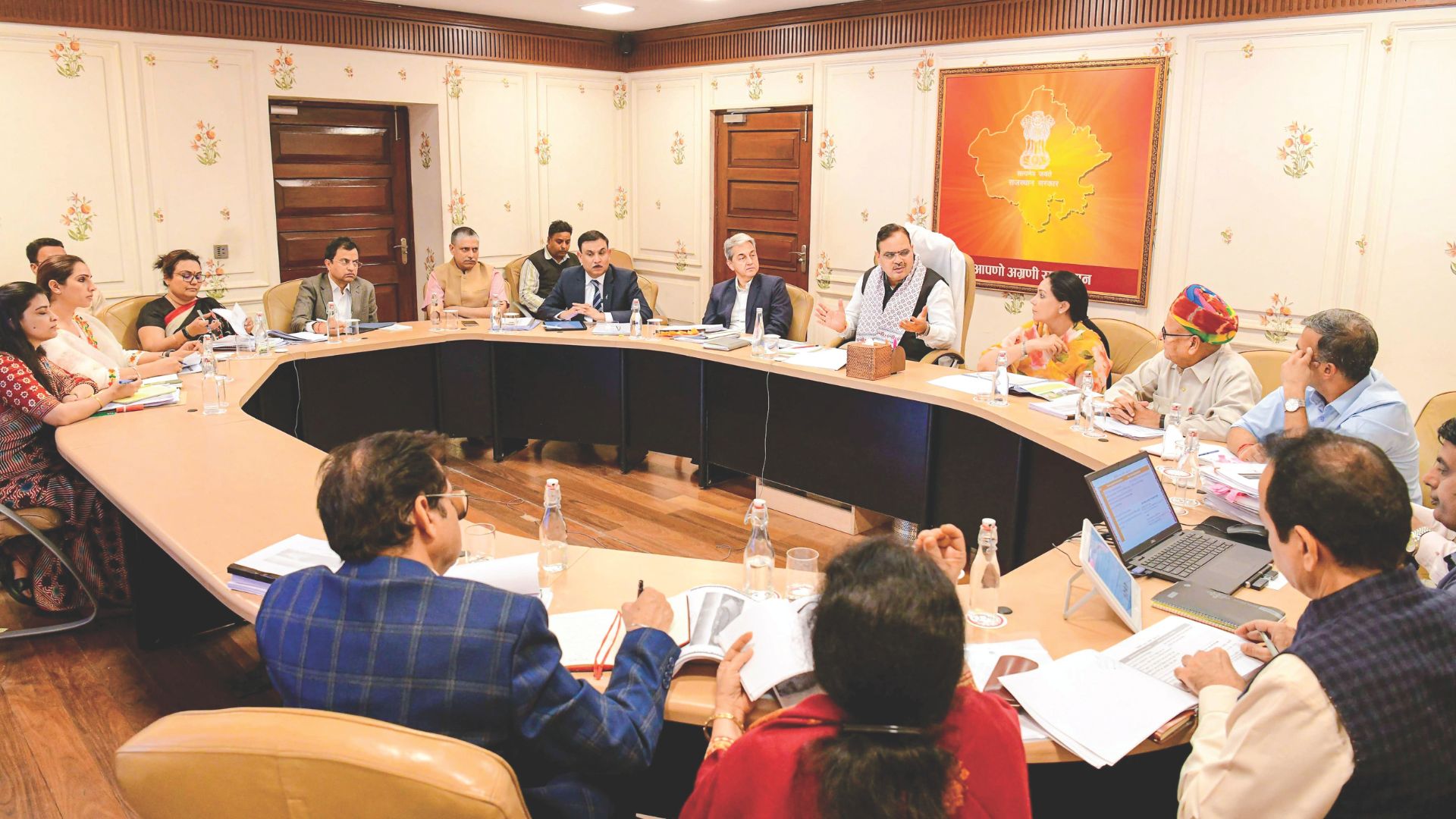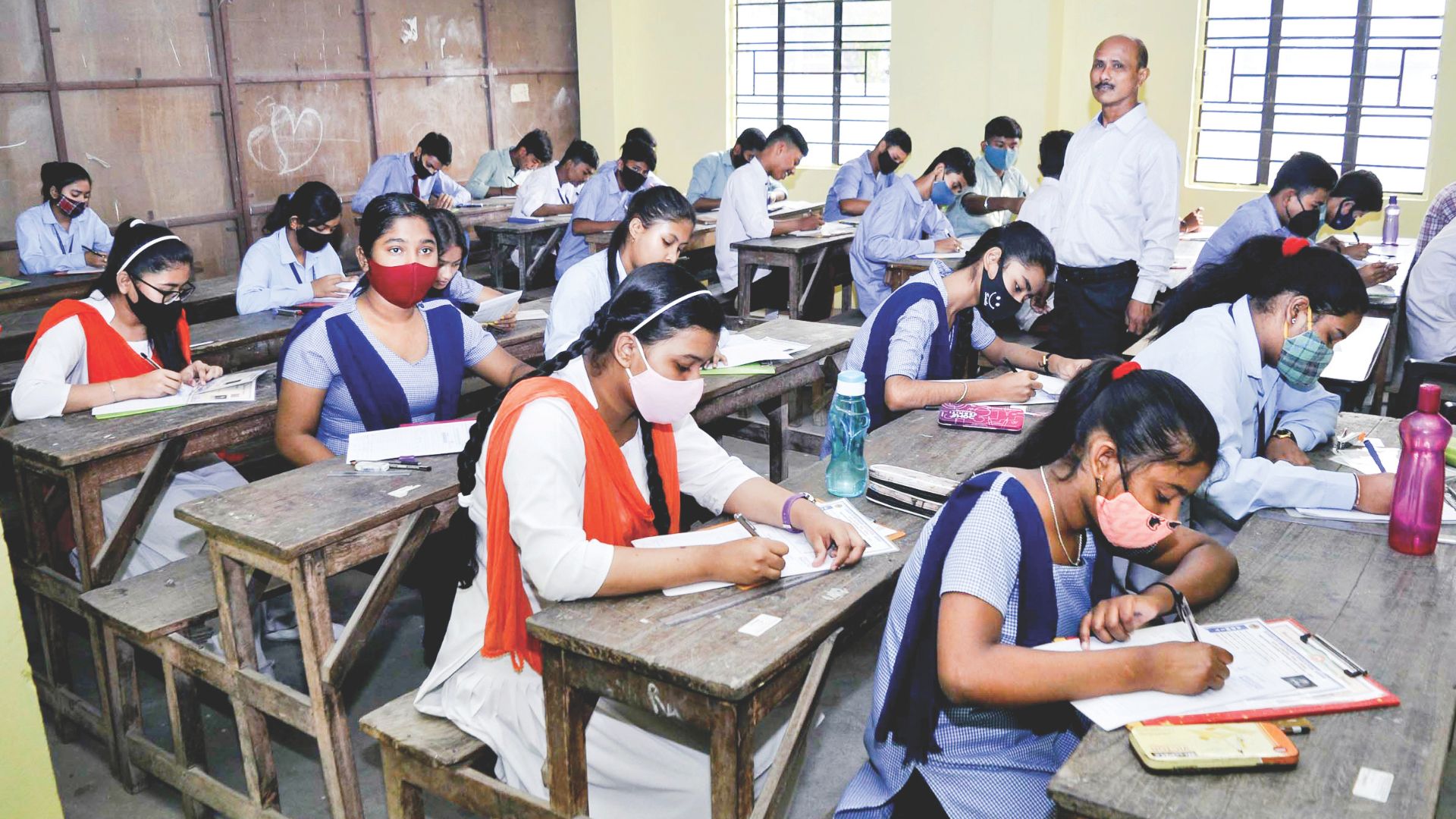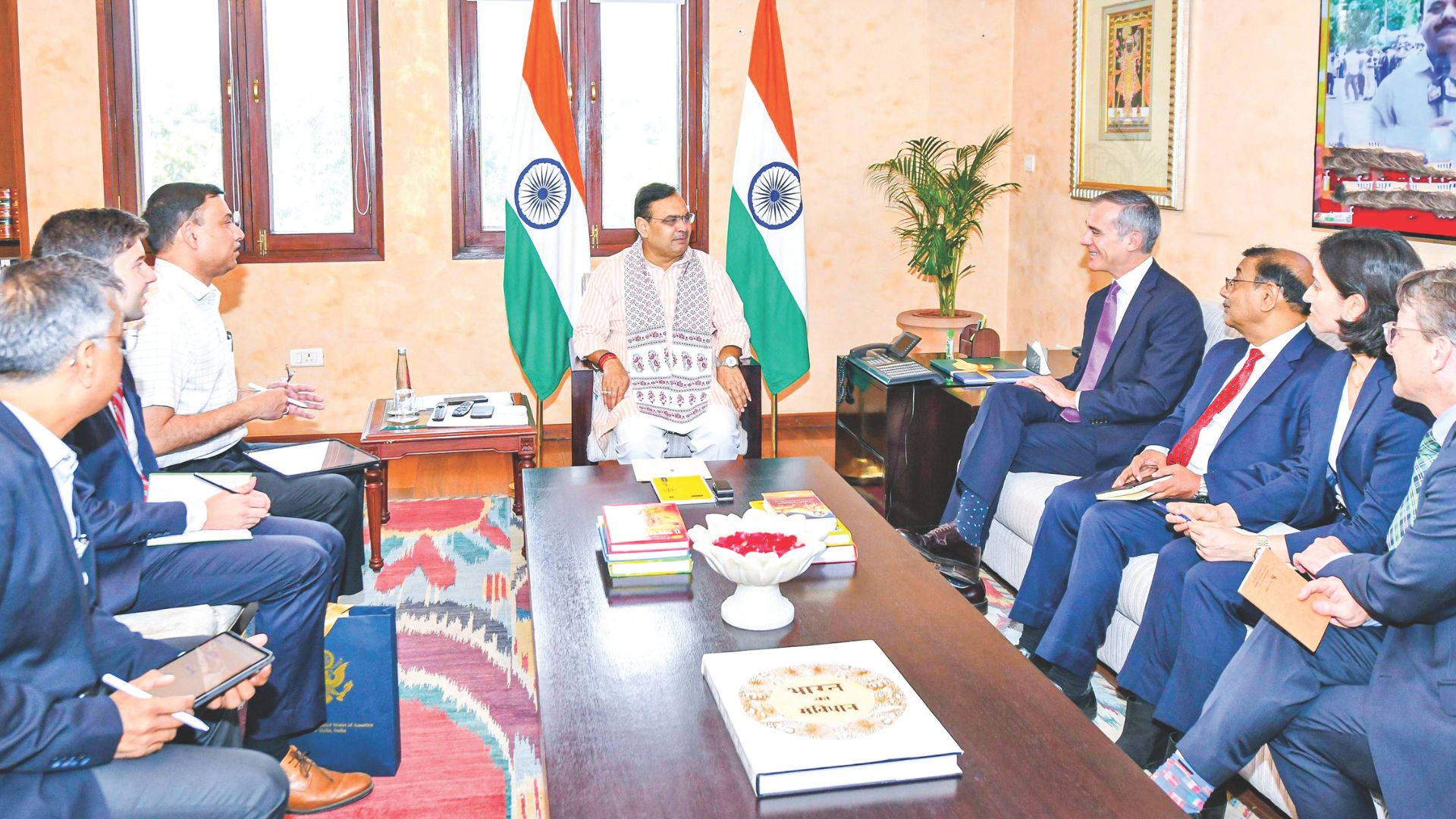
As of Saturday, April 29, 2023, the current population of India is 1,418,200,099 according to the latest United Nations data elaborated by Worldometer. However, UN projections based on recent calculations suggest that by the end of this weekend, India will surpass China in terms of population, which will be a significant turning point in global demographics. It is expected that India will become the most populous country in the world, overtaking China.
Around 1600 AD, the entire population of undivided India was approximately 100-130 million, while the global population was around 500 million. By 1850 AD, India’s population had increased to around 150 million, an increase of 20 million over 250 years. During this time, the birth and death rates were almost the same, and population growth decreased in the 18th century due to various factors. However, after 1921, the population began to increase gradually, although there were setbacks due to famines and epidemics. The population stabilized after 1921, but from 1891 to 1921, the population increased by 15 million over 30 years, while from 1921 to 1951, it grew by 110 million. Subsequently, the population continued to increase, with 78 million added in 1961, 160 million in 1991, and reaching 1.34 billion in 2017, surpassing the populations of the United States and Europe. The population growth was influenced by factors such as the Green Revolution, early marriages, remarriage of widows, and improved healthcare facilities, among others. Consequently, the Indian government-initiated measures to control population growth, starting in 1952, when India became the first country in the world to launch a family planning program. The primary objective of the first five-year plan was to achieve the following-
1. To obtain an accurate picture of the factors which contribute to rapid increase of population,
2. To gain a fuller understanding of human fertility and the means of regulating it,
3. To devise speedy ways of education of the public, and
4. To make family planning advice and service an integral part of the services in hospitals and health centres.
After conducting several studies, both the central and state governments concluded that families with two or three children tend to support family planning measures due to financial and societal reasons. Those who had a male child were more likely to use birth control methods, suggesting that couples tend to adopt small family norms only when they have a son.
During the Sixth Plan (1980-85), the government aimed to decrease the average family size to 2.3 and maintain a net reproductive rate (NRR) of 1, which means that each mother should have only one daughter. To achieve the government’s target of an NRR of 1, sex-selective abortion was used because of which many female foetuses were destroyed and the impact of this we are facing till now in the form of abnormal sex-ratio. Somewhere this shows that the government supported the use of sex-selective abortion as a means of population control and thus introduced it as a family planning method.
But even after so many efforts till now, Government has failed to control the population as well as failed to balance the sex-ratio of India. Even India has already seen the drawbacks of the incentives offered by the Indira Gandhi government to promote population control. One of the main drawbacks of the incentive program was that they were often coercive in nature and violated people’s reproductive rights. For example, some women were forced to undergo sterilization without their informed consent, and some men were pressured into getting vasectomies. This led to a number of human rights abuses and negative health outcomes, such as infections and other complications from poorly performed sterilization surgeries. Another drawback of these incentives was that they disproportionately affected women, who were often targeted for sterilization and other family planning measures. This put the burden of population control largely on women, while men were not held equally responsible. Overall, while the intention behind the incentives may have been to control population growth, their implementation was often flawed and led to negative consequences for individuals and communities.
Presently Indian Government has enacted The Population Control Bill, 2022 which is still pending for approval. This bill was enacted with a motive to control the population of India by maintaining small family. The Population Control Bill that is being proposed in India has the objective of discouraging couples from having more than two children. According to the bill, couples who have more than two children would not be eligible for government jobs and subsidies on various facilities and goods provided by the government. The current population bill advocates for a policy limiting couples to having only two children. However, this policy may have negative consequences, such as increasing the prevalence of sex-selective abortion and unsafe abortion due to societal pressure to have a male child. Women will seek abortion as an alternative, jeopardising their health and increasing illegal practices.
According to the available past data whenever forcefully Government has tried to control the population whether in India or China, society has faced the consequences of it. There is no doubt the introducing two-child policy will be against the basic right of the married couples as every couples have a right under UDHR as well as under Indian Constitution to decide freely about the number of children, age gaps between them etc.
Rather than going for a two-child policy, the Indian government should promote the idea of having balanced families, which means having both male and female children in the family, similar to the concept in some foreign countries like the US and UK. Population experts argue that if people are given free choice to determine the size of their family, it will lead to smaller families and slower population growth, which is more compatible with sustainable economic development. Even G. Pennings, in his paper “Ethics of sex selection for family balancing, Family balancing as a morally acceptable application of sex selection”. G. Pennings has proposed guidelines for sex selection for family balancing, such as not allowing it for the first child and only selecting the gender of the less represented gender in the family. However, sex selection is banned in India, and implementing a two-child policy may lead to similar problems as China faced with its one-child policy, such as female feticide. Instead, the government should promote the concept of small and balanced families through education and awareness, which can help reduce the population problem and improve India’s skewed sex ratio.
Most of the population of India is from rural India. It’s important for everyone to understand the importance of population control for sustainable development. Implementation of the two-child policy will affect the people of rural India, mostly women. As it’s the reproductive body of women who has always been the victim of the government’s population control policy, whether it was the incentive provisions or NRR of 1 introduced by the government in the family planning programme to control the population.

Dr. Pyali Chatterjee is HOD, Faculty of Law, ICFAI University, Raipur.















